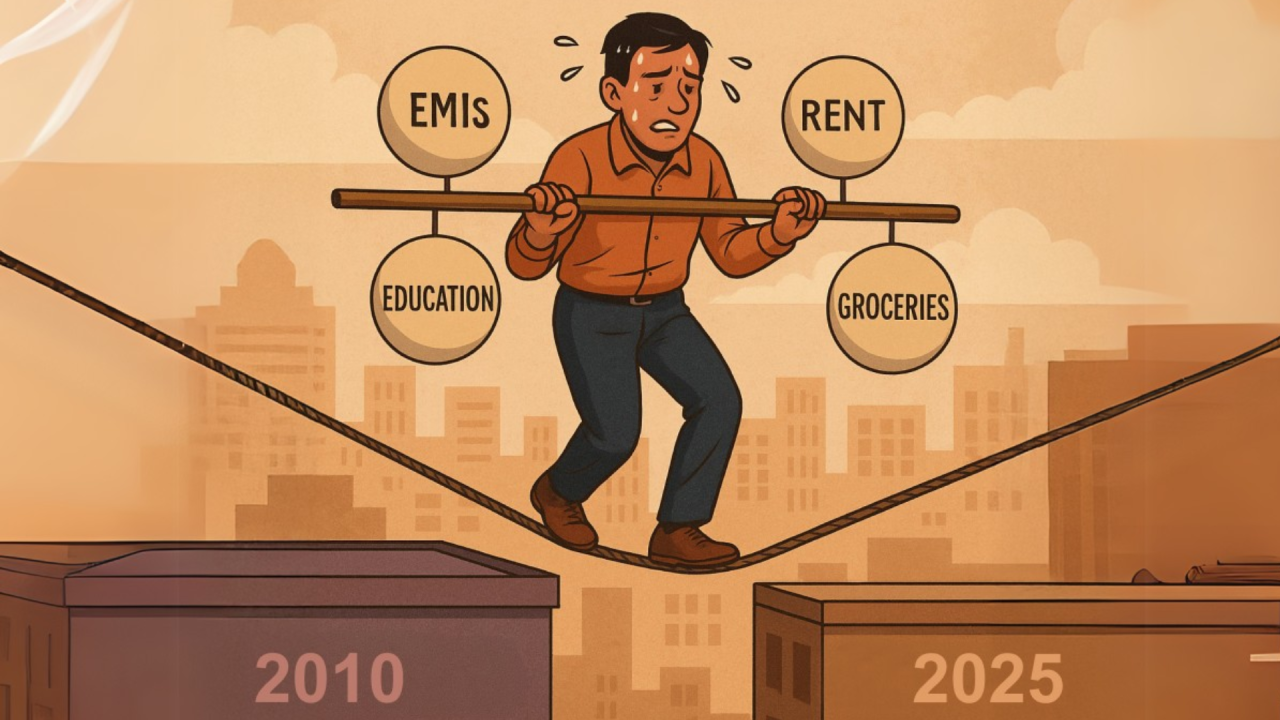Now Reading: Doomscrolling: The Habit That’s Quietly Draining Your Mental Energy
-
01
Doomscrolling: The Habit That’s Quietly Draining Your Mental Energy
Doomscrolling: The Habit That’s Quietly Draining Your Mental Energy

You pick up your phone for a quick check. Ten minutes later, you’re deep into a string of negative headlines, tragic news, and angry social media posts. That cycle? It’s called doomscrolling — and it’s more common than most people realise. While staying informed is important, this habit can seriously mess with your peace of mind if left unchecked.
What Exactly Is Doomscrolling?
Doomscrolling is the act of endlessly scrolling through bad news, especially on social media. It usually starts with a genuine need to stay updated but often turns into an addictive loop of negativity. The more anxious you feel, the more you scroll — and the worse it gets.
Why We Fall Into It
Our brains are wired to pay more attention to threats than to neutral or positive news. So when headlines scream crisis or outrage, we click. Algorithms pick up on this behaviour and start showing even more of the same. What begins as one article about a flood or political tension quickly turns into a never-ending feed of bad news.
The Impact on Mental Health
Constant exposure to negative content can increase anxiety, stress, and even hopelessness. Many people report feeling overwhelmed or drained after a doomscrolling session. In Tier 2 cities, where mental health conversations are still catching up, people may not even realise this habit is affecting their mood and relationships.
Signs You Might Be Doomscrolling
If you find yourself scrolling late into the night, checking the news multiple times a day, or feeling worse after spending time online, it might be time to pause. The need to stay “informed” often masks emotional exhaustion.
How to Break the Cycle
You don’t need to delete every app — but you do need to set limits. Try scheduling news checks instead of browsing all day. Follow more positive or neutral pages. Replace screen time with something calming like a walk, book, or conversation. And most importantly, give yourself permission to disconnect without guilt.
Conclusion
Doomscrolling feels like being in control — but in reality, it controls you. Recognising the pattern is the first step. Managing it doesn’t mean ignoring reality. It means protecting your mental space so you can engage with the world more clearly, and more calmly

























